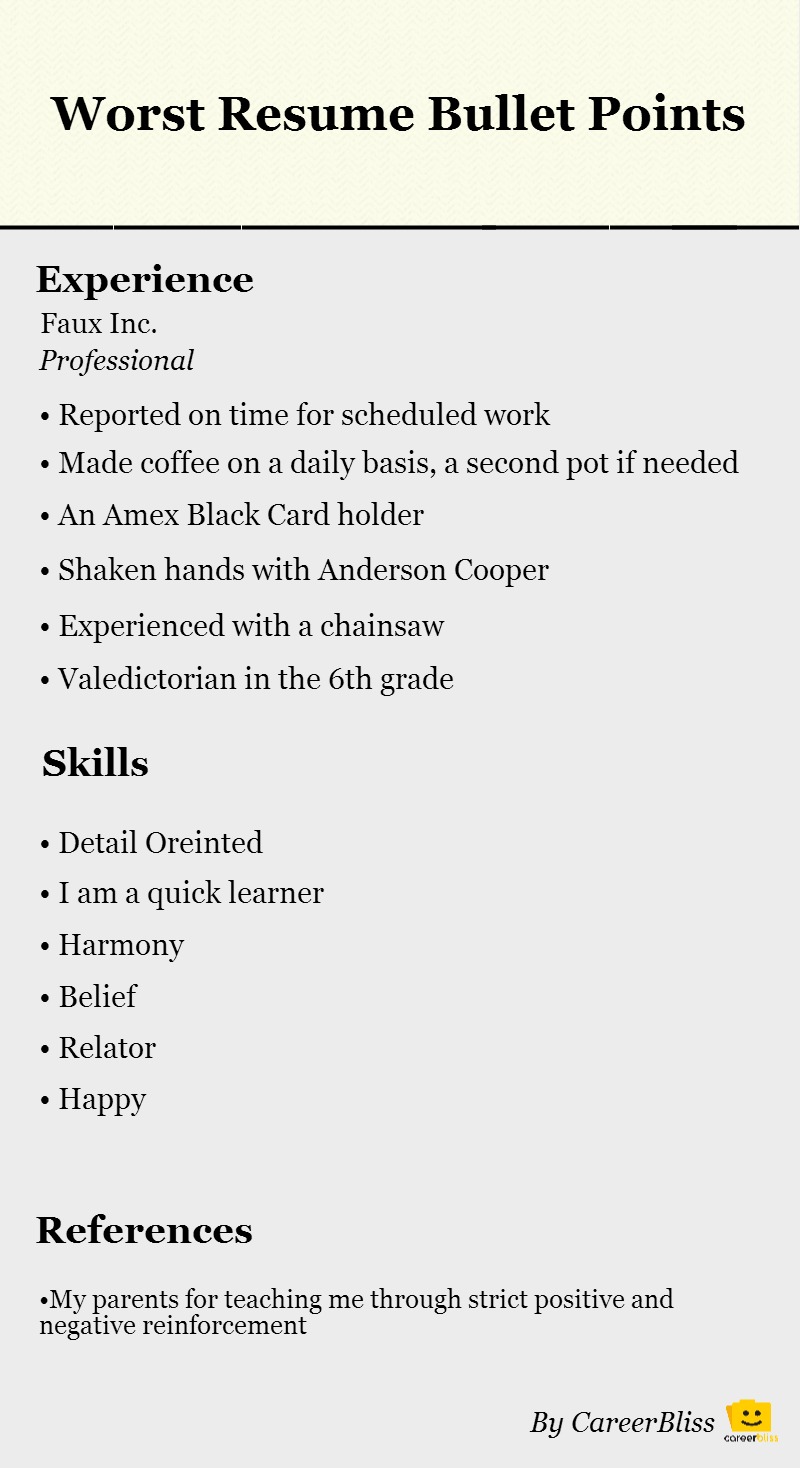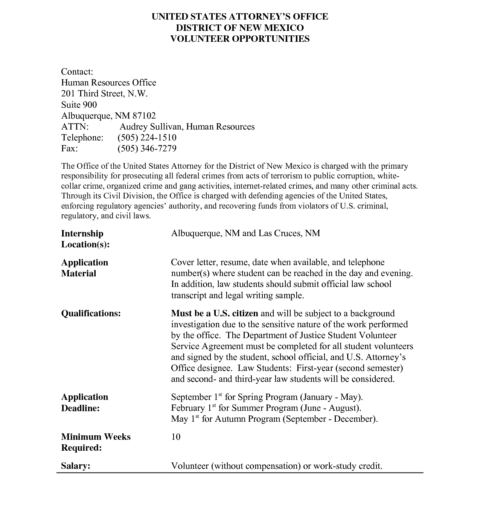The importance of a well-crafted resume cannot be overstated, particularly in the competitive field of computer science (CS). One crucial element of an impactful resume is the effective use of bullet points. In lieu of generic statements about responsibilities, quantifying bullet points aids in presenting your accomplishments with clarity and specificity. As professionals increasingly turn to platforms like Reddit for career advice, the art of quantifying resume bullet points emerges as an important topic of discussion.
Firstly, let’s explore why quantification is essential. Recruiters often sift through hundreds, if not thousands, of resumes. They seek candidates who can demonstrate their contributions with concrete data. By articulating achievements through quantifiable metrics, you not only capture their attention but also forge a narrative of success and efficacy. Numbers can turn vague claims into compelling stories of accomplishment.
When crafting a bullet point, one should aim to describe a challenge encountered, the action taken to address it, and the measurable results of that action. This structure is commonly referred to as the CAR (Challenge, Action, Result) methodology. For instance, instead of stating, “Improved software efficiency,” one might elaborate with, “Enhanced software efficiency by 30% through the implementation of optimized algorithms.” The latter provides a clear, concise picture of the impact made.
Secondly, precision in the numbers you choose to include is paramount. Consider using percentages, dollar amounts, or time saved to underscore your achievements. This specificity injects vibrancy into your resume, transforming it from a mundane list of tasks into a robust portfolio of real, quantifiable accomplishments. To further illustrate, instead of merely indicating participation in a project, you could articulate the total revenue generated or costs saved as a result of your involvement. For example, “Generated $250,000 in revenue by spearheading a new marketing initiative.” This not only reflects your ability to contribute but also highlights your broader understanding of the business landscape.
Another dimension to consider is the context of your quantifications. It is vital that your numbers are not presented in isolation; they should be contextualized within the larger framework of your team or company’s objectives. You might present a statistic such as, “Led a team of 5 in developing a mobile application that served over 10,000 users within the first three months,” which not only defines your leadership capabilities but also demonstrates the impact of your team’s work in a competitive market.
However, simply throwing around numbers is not enough. Each quantification should be relevant and significant. It is advisable to filter out metrics that do not support your narrative. For every bullet point, ask yourself: Is this number relevant? Does it add weight to my claim? For instance, simply stating a project’s duration may not be as impactful unless explicitly tied to how your time management skills enabled the project’s success. For example, “Completed a data migration project 2 weeks ahead of schedule, reducing downtime by 15%.” This showcases not only the completion time but the inherent advantage of your efficiency.
Moreover, remember that quantifying your achievements does not exclusively rely on qualitative data. Non-numeric achievements can still be compelling if framed correctly. Peer recognition, awards, or leadership roles should be integrated into the narrative of your accomplishments. Phrasing such as, “Received the Employee of the Month award for driving improvements in team performance,” captures the essence of your contributions without strict reliance on quantifiable measurements. Even so, incorporating a quantitative element such as, “Recognized among top 10% of performance metrics,” serves to elevate the bullet point by introducing a comparative metric.
Additionally, utilizing powerful action verbs can greatly enhance the visual appeal and effectiveness of your bullet points. Words like “optimized,” “engineered,” “spearheaded,” and “transformed” carry significant weight and reflect a proactive approach toward challenges. Pair these verbs with quantifiable results to craft bullet points that are not only rich in information but also engaging in tone.
Beware, however, of the common pitfall of overselling. While it is essential to showcase your achievements, it is equally critical to remain grounded in reality. Inaccurate claims or inflated metrics can lead to issues during interviews, where you might be pressured to elaborate on your achievements. Always ensure that your quantifications can be substantiated with facts, and be prepared to discuss them in detail.
In summary, the art of quantifying bullet points on a CS resume transcends mere numerical inclusion; it embodies an intricate balance of narrative, context, and precision. Each bullet point should serve as an engaging anecdote revealing your capacity to impact your previous roles positively. By adhering to the CAR methodology, ensuring the specificity of your metrics, and incorporating powerful action verbs alongside contextual elements, you can create a compelling and aesthetically appealing resume that commands attention. As the job market continues to evolve, these insights into quantifying your accomplishments may very well determine your trajectory in the field of computer science.




